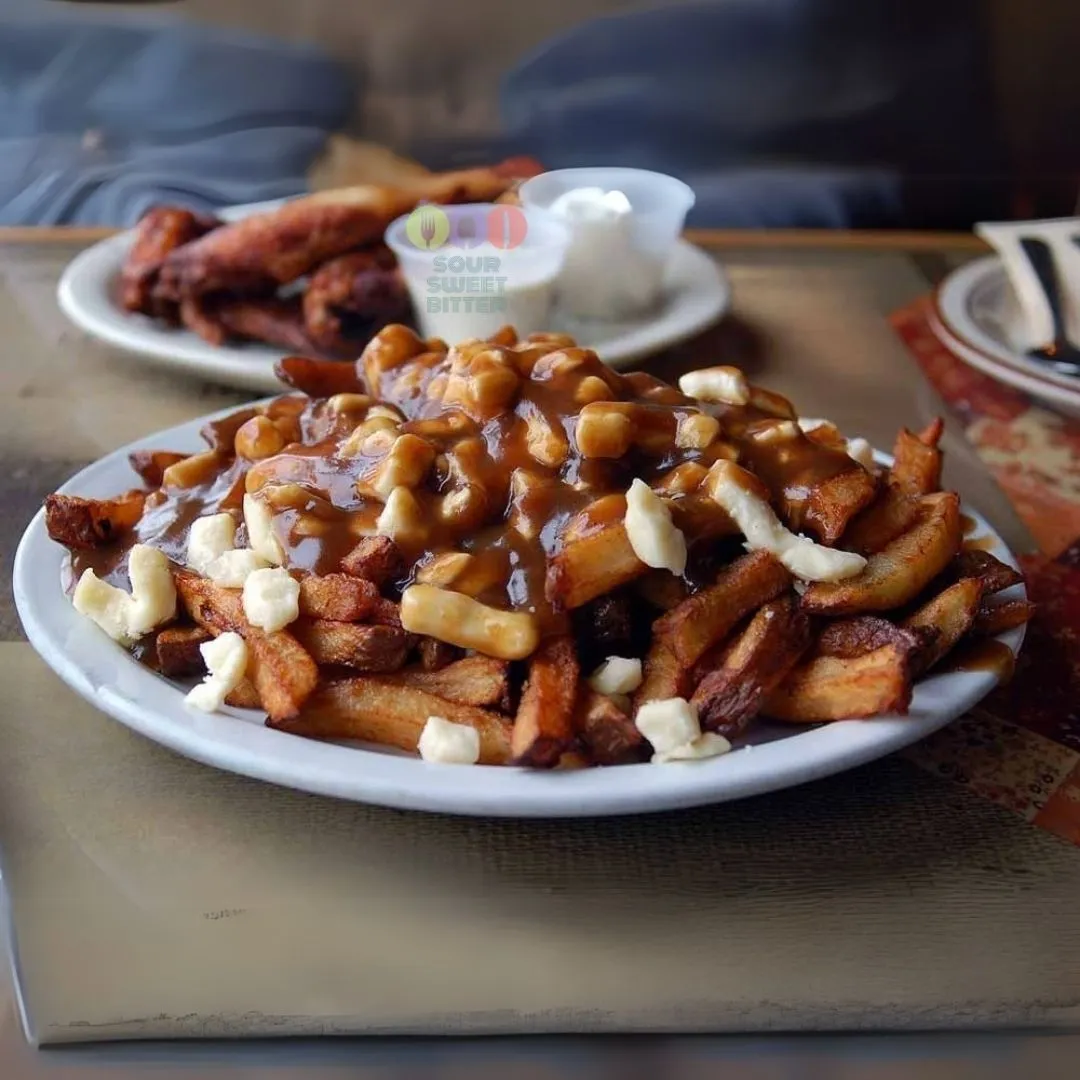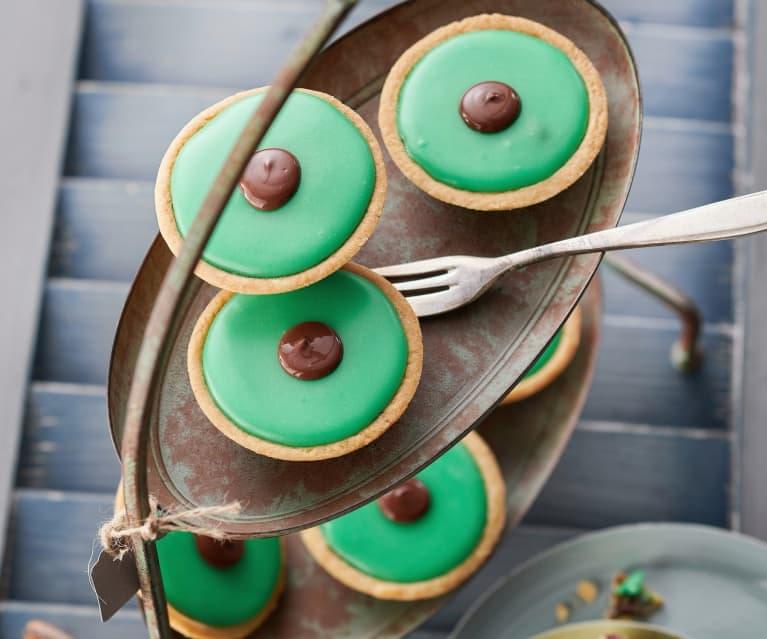The History and Cultural Significance of Polish Faworki
Polish Faworki, often known as Angel Wings, are more than just a delightful pastry; they symbolize tradition, history, and cultural pride. With a crisp texture that melts in the mouth and a light dusting of powdered sugar, these delicate treats showcase Polish culinary craftsmanship. Let’s explore the fascinating history and cultural importance of Faworki, which have been part of Polish tables for centuries.
The Origins of Polish Faworki
Faworki have deep roots in Polish tradition. Although their exact origins remain debated, many believe they date back to the Middle Ages, when deep-frying dough began to appear in European kitchens. The word faworek comes from the Polish term for “ribbon,” referring to the pastry’s thin, twisted shape that resembles angel wings. Faworki were traditionally made for special occasions, especially around Lent, as a way to mark the transition from the indulgent feasts of Carnival to the period of fasting.
Faworki were a favorite treat on Tłusty Czwartek (Fat Thursday), the day before Lent began. On this day, people feasted on rich foods, including sugary pastries, before fasting. The thin, airy layers of Faworki made them perfect for this occasion, symbolizing the lightness of spring and the indulgence of the final days of revelry.
A Symbol of Polish Heritage and Family Traditions
Faworki have become synonymous with Polish family gatherings, where recipes pass from one generation to the next. Preparing these pastries is an intimate, joyful ritual that connects people to their roots. Traditionally, families roll the dough thin, twist it into intricate shapes, and deep-fry it to golden perfection. Afterward, they dust it with powdered sugar, making it not only delicious but visually delightful as well.
In winter, families gather to make Faworki, especially when the cold weather invites indoor activities. During these moments, grandmothers teach their grandchildren how to shape the dough, sharing wisdom and creating memories that will last for generations. This tradition helps preserve Poland’s rich culinary heritage and ensures that the flavors of the past continue to resonate today.
The Cultural Importance of Faworki in Polish Festivals
Faworki are more than just part of daily life; they play a vital role in Polish cultural celebrations. While most commonly enjoyed during the Carnival season, they also appear at weddings, birthdays, and Christmas. Their light, crispy texture makes them perfect for any occasion.
The tradition of serving Faworki on Tłusty Czwartek is particularly significant. On this day, the aroma of freshly fried pastries fills Polish cities. Bakeries and homes alike prepare batches of Faworki to celebrate the joyous occasion. Eating these pastries marks a time of abundance and festivity, fostering community and togetherness as people share in the joy.
The Enduring Charm of Faworki Today
Today, Faworki remain a beloved pastry, not just in Poland but also in Polish communities worldwide. Their timeless appeal transcends borders, becoming a symbol of Polish pride and heritage. In our fast-paced world, baking and savoring these traditional pastries help people reconnect with simpler times and enjoy the pleasures of slow food and family traditions.
Faworki’s cultural significance extends beyond food. They represent Polish resilience, reminding us of the country’s ability to preserve its cultural identity despite turbulent history. The delicate ribbons of Faworki symbolize both the lightness and strength of Polish heritage, continuing to connect the past to the present.
A Taste of Tradition
Polish Faworki are more than just pastries; they are a living testament to Poland’s cultural legacy. Each crispy bite honors centuries of culinary artistry, while every twist in the dough reflects the timeless beauty of Polish tradition. Whether enjoyed during Carnival or a family celebration, Faworki will always hold a special place in the hearts of those who cherish Poland’s rich history, culture, and joy.
Discover Traditional Polish Recipes Discover Traditional European Recipes You may like this also: Albanian Petulla 🎄 See More Christmas Recipes 🎄Ingredients
Instructions
-
Place all the ingredients for the dough in one bowl.
These will be two and a half cups of wheat cake flour or regular flour. Since the glass has a capacity of 250 ml, one cup of flour weighs about 160 grams. So you need 400 grams of flour . -
Next, add a pinch of salt and a symbolic teaspoon of powdered sugar. Add a tablespoon of real butter (you can replace it with one tablespoon of vegetable butter or one tablespoon of lard). Also place half a cup of 18% cream in the bowl.
Half a cup of cream weighs about 150 grams. -
Separate the egg whites from the yolks. Add the egg whites, weighing about 90 grams in total, to the bowl with the ingredients for the dough for the angel wings. It's recommended making a meringue cake out of the egg whites, for example. Finally, add a tablespoon of 95% spirit or possibly 10% spirit vinegar.
We add spirit or vinegar to make the dough more fluffy and to prevent the faworki from absorbing too much fat during frying. However, we can skip adding vinegar or spirit. They are not necessary for frying faworki. -
Start kneading the dough for the faworki. First, mix all the ingredients and then knead them for a while until they combine into a uniform dough.Some people leave the kneaded dough in a bowl for an hour to rest (covered with a cotton cloth or foil). This way the dough doesn't shrink during kneading. However, I prefer to start working with it right away.
-
Place the dough on a dry and clean countertop or pastry board and start kneading it. Knead the dough. Flatten it and knead it again. To make the dough for faworki well aerated, you should knead it several times and even hit it with a rolling pin. This process can take up to several dozen minutes. The dough should become noticeably perfectly smooth. You can roll it out into a thick sheet and then fold it in half. Roll it out again and fold it again. All this to squeeze as much air into the dough as possible.If you have less time or simply don't have enough strength to aerate the dough for several dozen minutes, I recommend grinding the kneaded dough in a mincer with a meat grinder attachment. Lately, I've been doing this additionally, after kneading the dough manually using a rolling pin. I choose a medium-sized attachment and pass the dough through the mincer.
-
Divide the dough into three pieces. Cover two pieces with foil or a cotton cloth (so that the dough does not dry out). Roll out the first piece of dough as thinly as possible on a clean and dry countertop or on a wooden pastry board. Before you start rolling out the dough, you can lightly sprinkle the countertop with a little flour. Thin dough for the faworki is one of the key conditions for perfectly shortcrust faworki. The dough should be almost transparent. You can see this in the photo below, where the pastry boards are visible.
-
With a knife or a special cutter, cut the dough into strips no wider than 2.5 cm and no longer than 10 cm. Make a small cut in the middle of each long rectangle. Grab one side and fold it through the middle. This is how you prepare the first round of faworki. Place them on the countertop, one next to the other. Cover the waiting faworki with a cotton cloth so that they do not dry out. Roll out the two remaining pieces of dough in this way and cut out the faworki.
-
Prepare a thick, large frying pan with a high rim or a wide pot. Pour in the oil for frying or add 500 grams of lard to the pan. Set the burner to medium heat and wait patiently until the oil is hot enough to fry the faworki. The oil temperature should fluctuate between 170 and a maximum of 180 degrees.
-
If you have a confectionery thermometer, I recommend using it. If you don't have a thermometer, be patient and heat the oil or lard on medium heat for a few minutes. The oil will be perfectly hot if a piece of dough placed in it immediately floats to the surface and starts frying very intensively, creating a cascade of foam and bubbles around it.
-
Place paper towels and tongs for fishing for faworki next to the pot or pan. Place a few faworki on the heated oil at a time. Don't put too many at once, because the chrusts will still grow when placed in the fat.
-
Fry them until golden brown and immediately flip them over. If the fat is heated properly, the faworki will be ready to be flipped after about 30-40 seconds. If you see that the chrusty are browning too quickly, reduce the heat. Place each batch on a paper towel and immediately add the next batch of faworki.
-
The perfect faworki are thin and covered with small or larger air bubbles. When you try to break the faworki in half, they should crack and not just bend. The faworki should be crispy, light and melt in your mouth. Sprinkle the finished faworki generously with powdered sugar. I recommend mixing the powdered sugar with vanilla sugar ground into a powder beforehand.
-
Your traditional Faworki is ready. Smacznego!












